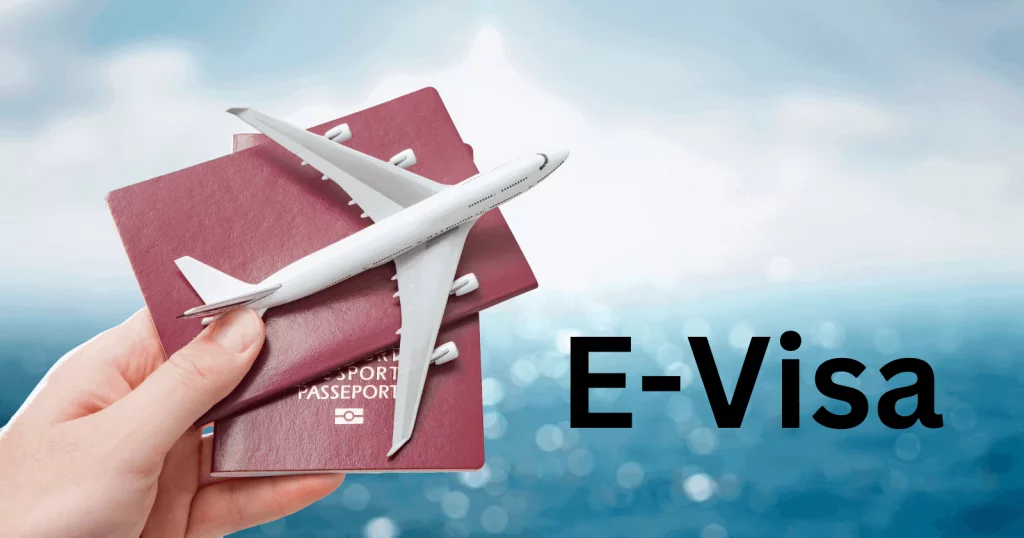
by Rolando Corley | Dec 22, 2025 | Travel Tips
Traveling to India requires careful attention to visa requirements, which vary depending on nationality. Two important categories for travelers are the Indian Visa for Djiboutian Citizens and the Indian Visa for Dominica Citizens. These visa options are designed to facilitate travel for tourism, business, or medical purposes while ensuring compliance with India’s immigration regulations. Understanding eligibility, the application process, and entry requirements is crucial to ensure a smooth and successful trip.
Indian Visa for Djiboutian Citizens
For citizens of Djibouti, India offers a convenient eVisa system that allows short-term visits without the need for extensive paperwork. The Indian Visa for Djiboutian Citizens is ideal for tourism, business, or medical consultations. This online application system reduces the need for in-person visits to an Indian embassy, speeding up the visa approval process and making international travel more accessible.
Applicants must have a passport valid for at least six months from the date of arrival and with at least two blank pages for stamping. The online application requires submission of personal information, passport details, and the purpose of travel. Depending on the purpose, additional documentation such as hotel reservations, invitation letters from Indian companies, or medical appointment confirmations may also be required.
Once approved, the eVisa is electronically linked to the applicant’s passport. Djiboutian travelers can then use this visa to enter India at designated airports and immigration points, ensuring a seamless arrival process. It is essential to verify that the chosen entry point is on the approved list to avoid any entry issues.
Advantages of eVisa for Djiboutian Citizens
The eVisa system offers several benefits for Djiboutian citizens. Processing is significantly faster than traditional visa applications, often being completed within a few days. The digital format minimizes errors and allows applicants to track their visa status online. Furthermore, many eVisas allow multiple entries during the validity period, giving travelers flexibility to move between different cities for business or medical purposes.
Providing accurate information and preparing all required documents carefully increases the chances of smooth approval. Being aware of visa validity, entry requirements, and supporting documentation ensures that travelers can focus on planning their trip and enjoying their visit without administrative delays.
Indian Visa for Dominica Citizens
Similarly, the Indian Visa for Dominica Citizens provides a streamlined pathway for citizens of Dominica to visit India. This eVisa option is suitable for short-term stays, including tourism, business, and medical treatment. Like the Djiboutian eVisa, this system allows applicants to complete the entire process online, eliminating the need for embassy visits.
Applicants must fill out an online form with personal, passport, and travel details. Depending on the purpose of the visit, supporting documents such as hotel bookings, business invitation letters, or medical appointments may be required. Once approved, the visa is electronically linked to the passport, allowing entry at designated airports and other authorized points of arrival. Dominica travelers must ensure they use only approved entry points to avoid complications.
Key Considerations for Dominica Citizens
Dominica citizens applying for an Indian eVisa must ensure that their passport is valid for at least six months from the date of arrival and includes at least two blank pages. Accurate submission of personal information, travel details, and supporting documentation is essential to prevent delays or rejection.
The eVisa for Dominica citizens generally allows multiple entries, providing flexibility for business travelers or medical visits across different cities in India. Keeping both digital and printed copies of the eVisa and supporting documents is strongly recommended. Proper preparation ensures a smooth travel experience from arrival to departure.
Comparing the Two Visa Categories
While the Indian Visa for Djiboutian Citizens and the Indian Visa for Dominica Citizens follow similar eVisa procedures, slight differences may exist in eligibility or document requirements based on nationality. Both visas, however, share the benefits of online application, faster processing, and electronic linkage to the passport. They also require travelers to enter India only through approved airports and entry points.
Understanding the requirements for both categories ensures travelers are fully prepared. Accurate submission of information, selection of the correct visa type, and compliance with entry regulations are critical for a hassle-free journey. Awareness of these details reduces the risk of delays, denied entry, or administrative complications during the trip.
Conclusion
Understanding Indian visa requirements is essential for international travelers, particularly citizens of Djibouti and Dominica. The Indian Visa for Djiboutian Citizens and the Indian Visa for Dominica Citizens provide accessible eVisa options that simplify travel for tourism, business, and medical purposes. By following guidelines, preparing accurate documentation, and selecting approved entry points, travelers can enjoy a seamless visa application process and smooth entry into India.
Proper preparation and knowledge of visa regulations enhance the travel experience and allow visitors to focus on exploring India’s rich culture, diverse landscapes, and vibrant cities. Both Djiboutian and Dominica citizens benefit from India’s efficient eVisa system, which makes planning and enjoying their visit easier while remaining fully compliant with immigration rules.
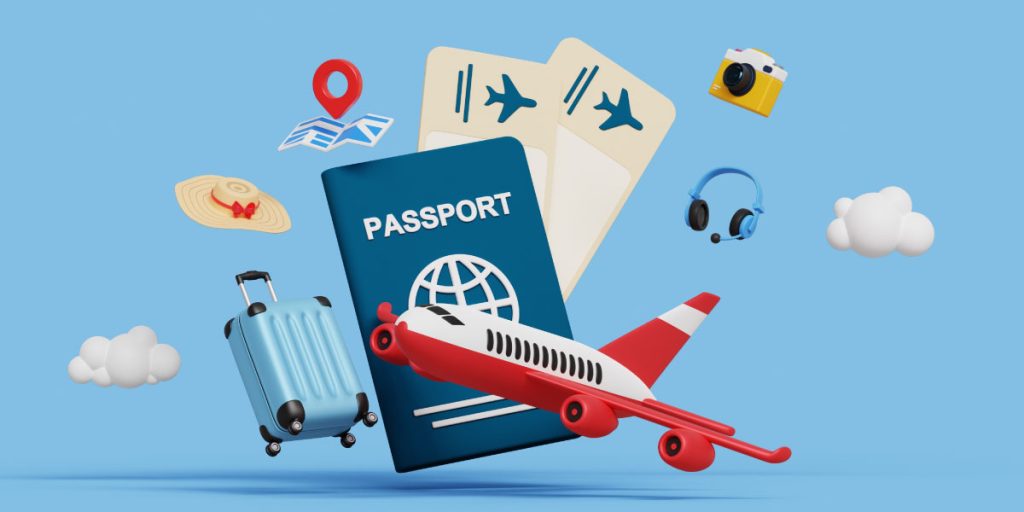
by Rolando Corley | Nov 30, 2025 | Travel Tips
The romance of Rome and the emerald poetry of Dublin now share the same effortless gateway to India’s kaleidoscope of cultures. Whether sipping espresso in a piazza or Guinness in Temple Bar, Italians and Irish citizens complete the exact same online steps to reach the golden sands of Goa or the snowy silence of Ladakh. Both the INDIAN VISA FROM ITALY and the INDIAN VISA FROM IRELAND are processed entirely through India’s digital e-Visa portal, require no embassy appointments, and deliver approval within 24–72 hours.
A Shared European Fast-Track to the Subcontinent
India’s e-Visa program treats every eligible nationality identically, and both Italy and Ireland have been part of this revolution since its earliest expansions. Gone are the days when Italians queued at the consulate in Milan or Rome, or when Irish travelers mailed passports to the embassy in Dublin. Today, a Roman designer planning a textile-sourcing trip to Jaipur and a Dublin yogi heading to Rishikesh follow the same twenty-minute online ritual from the comfort of home.
Indian Visa from Italy: La Dolce Vita Meets Indian Hospitality
Italian passport holders enjoy access to e-Tourist, e-Business, e-Medical, and e-Conference visas with characteristic Italian flair for long, leisurely stays. The five-year multiple-entry e-Tourist visa has become a favorite among Italian fashion buyers visiting Surat’s diamond markets, food writers exploring Kerala’s spice plantations, and retirees spending entire winters in Goa’s Portuguese-era villages.
Direct flights from Rome and Milan to Delhi make the journey feel almost Mediterranean-short. The application remains elegantly simple: upload a color scan of the passport bio page (valid six months beyond arrival with two blank pages), a recent photo against a white background, pay securely online, and receive the approved e-Visa by email. Print it, pack it with the same maroon passport, and present it at any of India’s 30 designated airports or five seaports.
Indian Visa from Ireland: The Emerald Isle’s Digital Bridge Eastward
Irish citizens receive identical categories and processing speed, perfectly matching Ireland’s love of efficient travel. The Indian Visa from Ireland has surged among tech workers from Dublin’s Silicon Docks attending conferences in Bengaluru, Celtic music enthusiasts performing at Rajasthan’s folk festivals, and wellness seekers booking extended retreats in the Himalayas.
Seasonal direct charters and excellent connections via London, Doha, or Dubai have further boosted popularity. The five-year e-Tourist visa allows up to 90 days per visit with unlimited entries, ideal for Irish travelers who often combine India trips with visits to relatives in Australia or the Gulf. The entire process—from uploading the green passport scan to receiving the approval—rarely takes longer than a Dublin lunch break.
Why Italy and Ireland Exemplify European Ease
Both nationalities benefit from some of the lowest e-Visa fees in India’s tiered structure, lightning-fast processing, and the confidence that comes with holding two of the world’s strongest passports—yet neither needs to leverage that strength because India’s system is already so welcoming. Biometric enrollment happens only on first arrival, making subsequent entries almost instantaneous at dedicated e-Visa counters in Delhi, Mumbai, or the new Jewar terminal.
Practical Advice for Perfect Applications
Precision is the only requirement. The passport scan must be in color and clearly show the machine-readable zone at the bottom. The photograph should be recent, taken straight on against a plain white background, without glasses or headwear unless for religious reasons. Names must match the passport exactly, especially important for Italian applicants with double surnames and Irish citizens whose documents may include Gaelic versions or the traditional “Ó” or “Mac” prefixes.
Applications should be submitted at least four days before departure, though two weeks ahead is recommended during Italian August holidays or Irish Christmas-New Year breaks when processing volumes temporarily rise. The fee is non-refundable, so reviewing every field before final payment prevents unnecessary disappointment.
India’s e-Visa platform continues to prove that hospitality can be as efficient as it is warm. Whether you carry the burgundy passport of Italy or the emerald-green booklet of Ireland, the Indian Visa from Italy and the Indian Visa from Ireland open the same gates to a country that feels both familiar and enchantingly different. One short online form, a brief wait, and the chaos and serenity of India await travelers from the Mediterranean to the Atlantic with equal grace.

by Rolando Corley | Oct 14, 2025 | Travel Tips
Saudi Arabia, a land of ancient heritage and futuristic ambition, has become a beacon for global explorers, welcoming over 2.7 million tourists in the first half of 2025. For European travelers from the Mediterranean, the kingdom’s streamlined eVisa system opens doors to its vibrant souks, Red Sea shores, and modern metropolises. The SAUDI VISA FOR CROATIAN CITIZENS offers Croatians a seamless way to access this dynamic destination, whether for cultural immersion or business ventures. Similarly, the SAUDI VISA FOR CYPRIOT CITIZENS ensures Cypriots can effortlessly plan journeys to experience Saudi Arabia’s blend of tradition and innovation. Aligned with Vision 2030’s goal of 150 million annual visitors by 2030, these visas reflect the kingdom’s commitment to accessibility and hospitality. This article explores the application processes, eligibility details, and travel tips tailored for Croatians and Cypriots eager to discover Saudi Arabia’s wonders.
Saudi Visa for Croatian Citizens: A Gateway to Adventure
Croatia, with its Adriatic charm and historic cities, shares a spirit of cultural richness that resonates with Saudi Arabia’s heritage, making it an appealing destination for Croatian travelers. The Saudi visa for Croatian citizens, part of the 2019 eVisa initiative, simplifies entry for tourism, family visits, or short-term business, offering multiple entries over a one-year period with each stay up to 90 days, totaling 180 days annually. Eligible Croatians need a passport valid for six months beyond entry, a recent digital photo, and proof of accommodation, such as hotel reservations or a host’s invitation. The online application, processed via the Visit Saudi portal, requires a fee of approximately $80 to $150, which includes mandatory health insurance covering medical emergencies.
The process is swift, with approvals typically arriving within 24 to 72 hours, though peak seasons like Ramadan may extend this to five days. Croatians can present their eVisa digitally or printed at major entry points, such as King Khalid International Airport in Riyadh or Jeddah’s Islamic Port for cruise arrivals. For Muslim Croatians, the eVisa supports Umrah pilgrimages outside Hajj season, facilitated through the Nusuk app for seamless booking of Mecca visits. Health requirements, like meningitis vaccinations for Red Sea regions, ensure safety in a climate where summer temperatures often exceed 40°C. With Croatia’s passport ranking 16th globally in 2025, its citizens enjoy visa-on-arrival options at major Saudi airports, though pre-application is recommended to avoid queues. This visa suits Croatians exploring Al-Ula’s archaeological marvels, diving in Yanbu, or attending trade summits, leveraging the growing EU-Saudi economic ties valued at over €70 billion annually.
Saudi Visa for Cypriot Citizens: Unlocking Arabian Horizons
Cyprus, an island nation steeped in Mediterranean history, finds a cultural counterpart in Saudi Arabia’s blend of tradition and modernity, drawing Cypriots for both leisure and opportunity. The Saudi visa for Cypriot citizens mirrors the eVisa framework, accessible to EU nationals, offering the same one-year multiple-entry structure with 90-day stays per visit. Requirements include a passport valid for six months, a digital photo, and accommodation proof, with applications submitted online via the Visit Saudi portal. The fee, inclusive of health insurance, ranges from $80 to $140, and approvals typically land in 1 to 3 days, making it ideal for spontaneous trips from Nicosia or Limassol.
Cypriots benefit from visa-on-arrival options at hubs like Dammam’s King Fahd International Airport, perfect for eastern explorations or quick Gulf getaways. The eVisa supports Umrah for Muslim Cypriots, with 2025 reforms easing access to Mecca via integrated Nusuk bookings. Health protocols, such as digital declarations through the Tawakkalna app, align with global standards, and vaccinations may be required during flu season. Cyprus’s passport, ranked 13th globally, ensures smooth regional travel, with land borders like Al Batha from the UAE facilitating overland entries. Cypriots can immerse in Jeddah’s historic Al-Balad, network at Riyadh’s tech conferences, or explore Abha’s misty highlands, all while navigating Saudi’s evolving infrastructure, including high-speed trains linking major cities.
Practical Tips for a Seamless Saudi Journey
Both Croatians and Cypriots navigate a unified eVisa process: complete the online form with personal and travel details, upload documents, and pay securely, with no interviews needed. Accuracy is critical—mismatched passport data can lead to rejections, though corrections are possible within 30 days. Entry ports, from Jeddah’s smart-gate airports to Dammam’s cruise-friendly seaports, streamline arrivals with facial recognition, cutting wait times to under 10 minutes. Budget travelers can leverage affordable transport—Riyadh’s metro at $2 per ride—and free sites like the National Museum, though premium attractions like Al Rajhi Grand Mosque tours cost around $20.
Cultural preparation enhances the experience: respect prayer times, when shops pause briefly, and wear modest clothing covering shoulders and knees. Women travelers benefit from relaxed guardianship rules since 2023, but carrying ID is advised. Hydration is vital against arid heat, and apps like Careem offer rides from $5. For Umrah, book packages early via Nusuk, especially for non-Hajj windows like winter months. Business travelers should confirm event-specific visa rules, as conferences like LEAP demand precise documentation.
Embracing Saudi Arabia’s Global Invitation
The Saudi visa for Croatian citizens and the Saudi visa for Cypriot citizens embody a kingdom eager to connect continents, inviting Mediterranean travelers to its heart. As Saudi Arabia’s tourism sector, contributing 7% to GDP in 2025, flourishes with new Red Sea resorts and heritage sites, these visas ensure effortless access. Whether Croatians trace Bedouin trails or Cypriots explore NEOM’s futuristic vision, preparation transforms logistics into gateways for discovery. With hospitality as its cornerstone, Saudi Arabia welcomes both nations to craft unforgettable stories amid its sands and skyscrapers.
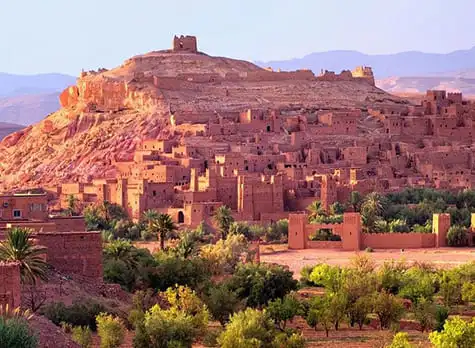
by Rolando Corley | Sep 14, 2025 | Travel Tips
Morocco is a land of vibrant culture, breathtaking landscapes, and timeless traditions. Among its many treasures, the Sahara Desert stands out as a mesmerizing destination that captures the imagination of travelers worldwide. One of the most popular ways to experience this natural wonder is through a Marrakech to Fes desert tour, a journey that combines the bustling energy of Morocco’s cities with the serene beauty of the desert. This article will guide you through what to expect on this unforgettable adventure, why it’s a must-do, and how to make the most of your trip.
The Essence of a Marrakech to Fes Desert Tour
A Marrakech to Fes desert tour typically spans three days, offering travelers a unique opportunity to traverse Morocco’s diverse landscapes. Starting in Marrakech, known as the “Red City” for its distinctive red sandstone buildings, the tour winds through the Atlas Mountains, fertile valleys, and finally into the vast expanse of the Sahara Desert. The journey ends in Fes, a city famed for its ancient medina and rich history.
This route is favored because it showcases Morocco’s contrasting environments—from the lively souks and historic sites of Marrakech to the tranquil, otherworldly dunes near Merzouga. Along the way, travelers experience traditional Berber hospitality, sample local cuisine, and engage in activities that bring the desert to life.
What Makes the Marrakech to Fes Desert Tour Special?
One of the highlights of the Marrakech to Fes desert tour is the camel ride across the golden dunes of the Sahara. Riding a camel at sunset, with the sky painted in hues of orange and pink, is a quintessential Moroccan experience. It’s a moment of peaceful reflection and awe, as the desert’s vastness stretches endlessly around you.
After the camel trek, most tours include an overnight stay in a desert camp. These camps range from basic Berber tents to luxurious accommodations with comfortable beds, traditional music, and delicious meals under the stars. Sleeping in the desert offers a rare chance to disconnect from the modern world and immerse yourself in nature’s tranquility.
The tour also provides ample opportunities to explore the surrounding areas. You might visit the Todra Gorge, a dramatic canyon with towering cliffs, or the Dades Valley, known for its stunning rock formations and palm groves. These stops enrich the journey, offering insight into Morocco’s geography and culture beyond the desert itself.
Planning Your Marrakech to Fes Desert Tour
When planning a Marrakech to Fes desert tour, it’s important to choose a reputable tour operator that offers a well-rounded itinerary. Many companies provide packages that include transportation, accommodation, meals, and guided excursions. Booking in advance is recommended, especially during peak travel seasons, to secure your spot and ensure a smooth experience.
The best time to embark on this tour is during the spring (March to May) or autumn (September to November) when the weather is mild. Summers can be extremely hot in the desert, while winters may bring chilly nights. Packing appropriately is essential—bring layers, sun protection, and comfortable footwear for walking and camel riding.
Cultural Insights and Local Experiences
Beyond the stunning landscapes, the Marrakech to Fes desert tour offers a deep dive into Moroccan culture. Along the route, you’ll encounter Berber villages where traditional ways of life continue unchanged. Engaging with local communities provides a meaningful perspective on Morocco’s heritage and the resilience of its people.
Meals during the tour often feature authentic Moroccan dishes such as tagine, couscous, and freshly baked bread. Sharing food around a campfire with fellow travelers and hosts creates a warm, communal atmosphere that enhances the overall experience.
Why Choose a Marrakech to Fes Desert Tour?
This tour is ideal for travelers seeking adventure, cultural immersion, and natural beauty all in one trip. It’s a perfect blend of city exploration and wilderness escape, offering something for everyone. Whether you’re a solo traveler, a couple, or a group, the Marrakech to Fes desert tour promises memories that will last a lifetime.
Moreover, the route is well-established and supported by experienced guides who ensure safety and comfort throughout the journey. Their knowledge enriches the trip, providing historical context and practical tips that deepen your appreciation of Morocco.
Final Thoughts
Embarking on a Marrakech to Fes desert tour is more than just a travel itinerary—it’s a transformative experience that connects you with Morocco’s soul. From the vibrant streets of Marrakech to the silent majesty of the Sahara and the ancient alleys of Fes, this journey encapsulates the essence of Moroccan adventure.
If you’re dreaming of a trip that combines natural wonders, cultural richness, and unforgettable moments, this desert tour is the perfect choice. Prepare to be enchanted by the landscapes, inspired by the people, and captivated by the magic of Morocco’s desert.
For those ready to explore, booking a Marrakech to Fes desert tour is the first step toward an extraordinary adventure that will stay with you forever.
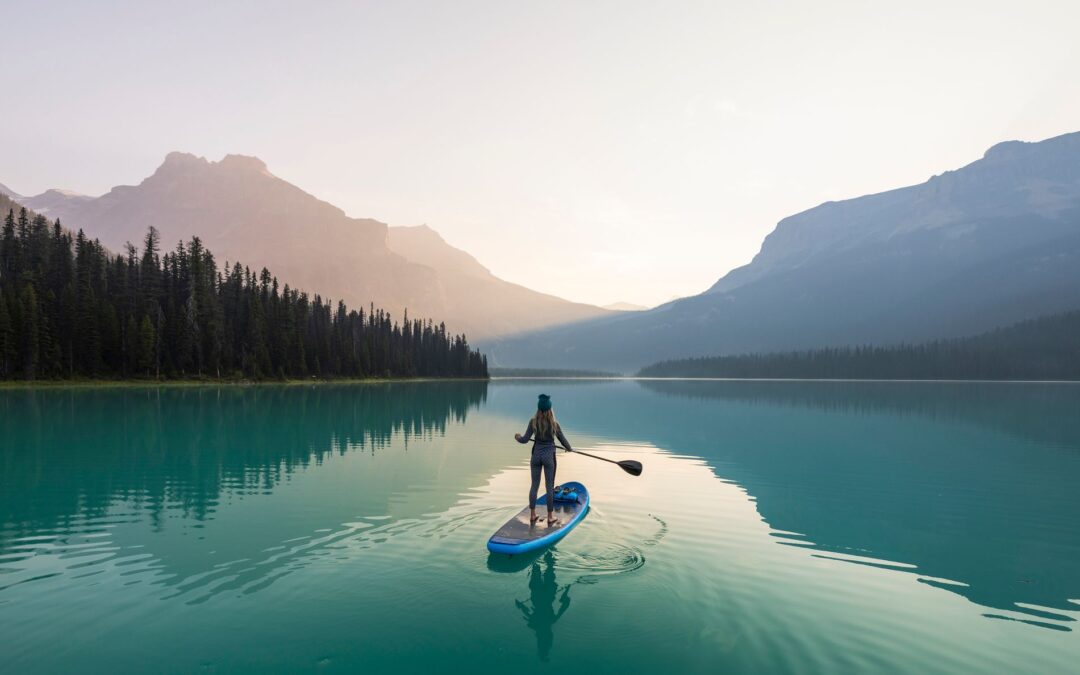
by Ja Darrion | May 1, 2025 | Travel Tips
India is the land of the Royal Bengal best tiger safari in india, the national animal and a symbol of strength and majesty. With over 50 tiger reserves and a thriving population of these magnificent creatures, India offers some of the best tiger safari experiences in the world. From dense forests to open grasslands and riverine ecosystems, the country provides diverse landscapes that are perfect for wildlife spotting. If you’re planning a trip to see a tiger in its natural habitat, here’s a guide to the best tiger safaris in India.
1. Ranthambore National Park, Rajasthan
Ranthambore is one of the most famous tiger reserves in India, known for its high probability of tiger sightings and picturesque surroundings. Located in southeastern Rajasthan, the park is home to ancient ruins, a historic fort, and numerous lakes that attract wildlife. The open terrain and dry forest make it easier to spot tigers, especially during the warmer months.
- Location: Sawai Madhopur, Rajasthan
- Best time to visit: October to June
- Why it’s the best: Great for first-time safari-goers, high tiger density, stunning landscape with historic elements
2. Bandhavgarh National Park, Madhya Pradesh
Bandhavgarh has one of the highest tiger densities in India. This compact park gives visitors an excellent chance of seeing a tiger during a short stay. Apart from tigers, Bandhavgarh is also known for its rich biodiversity, including leopards, deer, and over 250 species of birds. The ruins of the Bandhavgarh Fort add a historical dimension to your safari.
- Location: Umaria district, Madhya Pradesh
- Best time to visit: October to June (March to May for best sightings)
- Why it’s the best: High frequency of sightings, scenic zones, and cultural significance
3. Kanha National Park, Madhya Pradesh
Kanha is often called the most beautiful national park in India. It inspired Rudyard Kipling’s The Jungle Book and is famous not just fo book tiger safari tour in india, but also for barasinghas (swamp deer) and a wide variety of birds and mammals. The park’s vast meadows and bamboo forests offer a serene environment that enhances the wildlife viewing experience.
- Location: Mandla and Balaghat districts, Madhya Pradesh
- Best time to visit: November to May
- Why it’s the best: Stunning landscape, rich biodiversity, peaceful safari experience
4. Jim Corbett National Park, Uttarakhand
Established in 1936, Jim Corbett is India’s oldest national park and a pioneer in tiger conservation. Nestled in the Himalayan foothills, it offers a unique combination of grasslands, rivers, and dense forests. While tigers can be harder to spot due to thick vegetation, the park offers great chances to see elephants, leopards, crocodiles, and birds.
- Location: Nainital district, Uttarakhand
- Best time to visit: November to June (Dhikala Zone is open Nov to mid-June)
- Why it’s the best: Oldest park, scenic beauty, and eco-diversity
5. Tadoba Andhari Tiger Reserve, Maharashtra
Tadoba has become increasingly popular among wildlife enthusiasts due to its high tiger sighting rates and relatively less crowded safaris. The park is made up of dry deciduous forests, lakes, and open meadows, providing an ideal habitat for tigers and other predators like leopards and wild dogs.
- Location: Chandrapur district, Maharashtra
- Best time to visit: October to June (April–May for best sightings)
- Why it’s the best: Frequent sightings, fewer tourists, and authentic jungle experience
Tips for a Great Tiger Safari Experience
- Book early: Especially for core zones in popular parks.
- Hire a knowledgeable guide: A skilled naturalist can increase your chances of spotting a tiger.
- Be patient and respectful: Wildlife is unpredictable, and patience often pays off.
- Avoid loud noise: Silence improves your chances of wildlife encounters.
Conclusion
tiger safaris india safari in India isn’t just about spotting a tiger—it’s about immersing yourself in nature, understanding wildlife behavior, and appreciating conservation efforts. Whether you choose the historical charm of Ranthambore, the dense beauty of Bandhavgarh, or the wild serenity of Tadoba, each park offers a unique and unforgettable experience. So pack your binoculars, charge your camera, and get ready for the adventure of a lifetime in the wild heart of India.
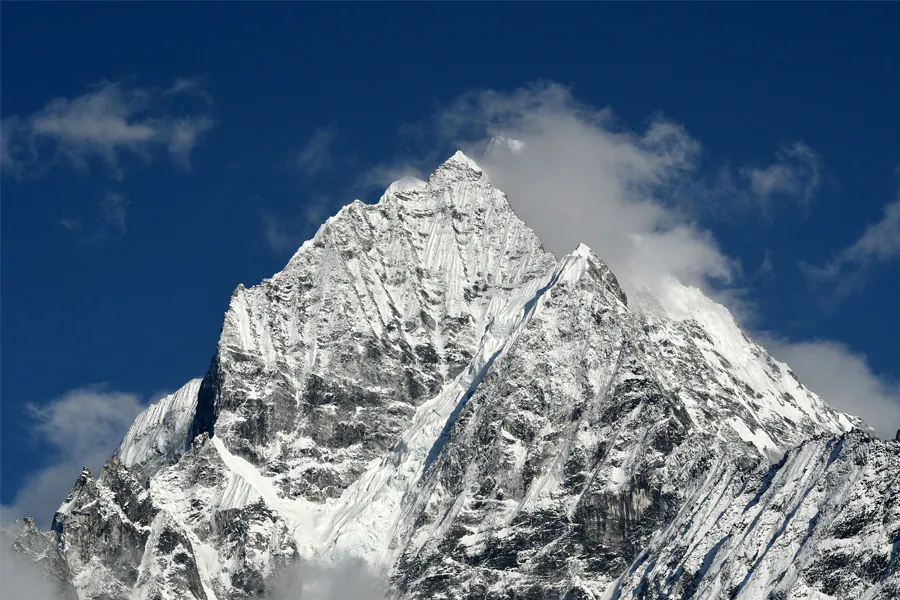
by Ja Darrion | Apr 30, 2025 | Travel Tips
Everest Base Camp trekking is one of the most iconic and rewarding adventures in the world. Set in the breathtaking Khumbu region of Nepal, this trek takes you through rugged mountain trails, vibrant Sherpa villages, and ancient monasteries, culminating at the foot of the world’s tallest peak—Mount Everest. At 5,364 meters above sea level, Everest Base Camp is not just a destination, but a life-changing journey.
Why Choose Everest Base Camp Trekking?
The trek to Everest Base Camp (EBC) offers a unique combination of natural beauty, cultural richness, and personal challenge. It is not just about reaching the base of Mount Everest; it’s about experiencing the landscapes, the people, and the profound sense of accomplishment that comes with each step.
From lush rhododendron forests to high-altitude glaciers, the variety of terrain keeps the journey exciting. You’ll pass through picturesque villages, cross suspension bridges draped in prayer flags, and enjoy views of towering peaks like Lhotse, Nuptse, and Ama Dablam.
Route and Itinerary
The classic Everest Base Camp trekking route begins with a short but thrilling flight from Kathmandu to Lukla. From there, the trail weaves through several key locations:
- Phakding (2,610m): The first overnight stop, located along the Dudh Koshi River.
- Namche Bazaar (3,440m): A vibrant Sherpa town and acclimatization hub with cafes, markets, and mountain views.
- Tengboche (3,860m): Famous for its monastery and panoramic backdrop of the Himalayas.
- Dingboche (4,410m): A resting point for acclimatization and a chance to explore nearby viewpoints.
- Lobuche and Gorakshep: The last settlements before reaching Everest Base Camp.
From Gorakshep, trekkers make the final push to Everest Base Camp, and many also ascend Kala Patthar (5,545m) for the best panoramic view of Mount Everest.
The round-trip trek usually takes 12 to 14 days, allowing for proper acclimatization and rest days.
Best Time to Go
The most popular seasons for Everest Base Camp trekking are:
- Spring (March to May): Warm days, blooming flowers, and clear skies.
- Autumn (September to November): Crisp air, minimal rainfall, and excellent visibility.
Winter (December to February) is less crowded but very cold, and monsoon season (June to August) brings heavy rain, making trails slippery and increasing the risk of flight delays.
Trekking Difficulty and Preparation
While the Everest Base Camp trek doesn’t require technical climbing skills, it is physically demanding due to its duration, elevation, and steep ascents. Trekkers should be in good physical condition and prepared for long days of walking, sometimes over rocky and uneven terrain.
Training 2–3 months in advance is recommended, focusing on cardio, strength, and endurance. Walking with a loaded backpack and doing stair climbs will help prepare your body for the trek.
Altitude sickness is a major concern, so proper acclimatization, hydration, and pacing are essential. Many trekkers take rest days and consider using medications like Diamox to prevent altitude-related illness.
Accommodation and Food
Teahouses, which are local lodges offering food and shelter, are the standard form of accommodation on the EBC trail. Rooms are simple but comfortable, usually with twin beds and shared bathrooms.
The food is hearty and designed to keep you energized. Common meals include:
- Dal Bhat (rice and lentils) – a local favorite that provides lasting energy
- Tibetan bread and porridge – popular breakfast items
- Noodles, fried rice, and soups – available at most teahouses
- Hot drinks – like tea, coffee, and hot lemon to stay warm and hydrated
As altitude increases, food prices also rise due to the difficulty of transporting supplies.
Cultural Highlights
The trek provides a deep cultural experience as it passes through traditional Sherpa villages and Buddhist monasteries. You’ll witness prayer wheels, mani stones, and colorful prayer flags fluttering in the wind. Tengboche Monastery, one of the most spiritual stops on the trek, offers a chance to observe Buddhist rituals and soak in the peaceful atmosphere.
The Sherpa people are known for their warmth, resilience, and mountaineering history. Interacting with locals adds a rich human connection to the trek.
Environmental Responsibility
As the popularity of Everest Base Camp trekking grows, so does the need for sustainable travel practices. Trekkers are encouraged to minimize their environmental impact by:
- Carrying reusable water bottles and avoiding plastic waste
- Disposing of trash properly
- Respecting local customs and wildlife
- Using eco-conscious trekking agencies
Supporting local businesses and choosing ethical travel providers helps preserve the beauty and integrity of the region for future generations.
Final Thoughts
Lukla Flight is more than just a hike—it’s a journey that challenges your body, uplifts your spirit, and immerses you in one of the most spectacular landscapes on Earth. Whether you’re chasing a dream or seeking a transformative experience, trekking to Everest Base Camp is an unforgettable adventure that stays with you long after you return home.l connection with both people and place, Tsum Valley delivers a rare and rewarding experience.









